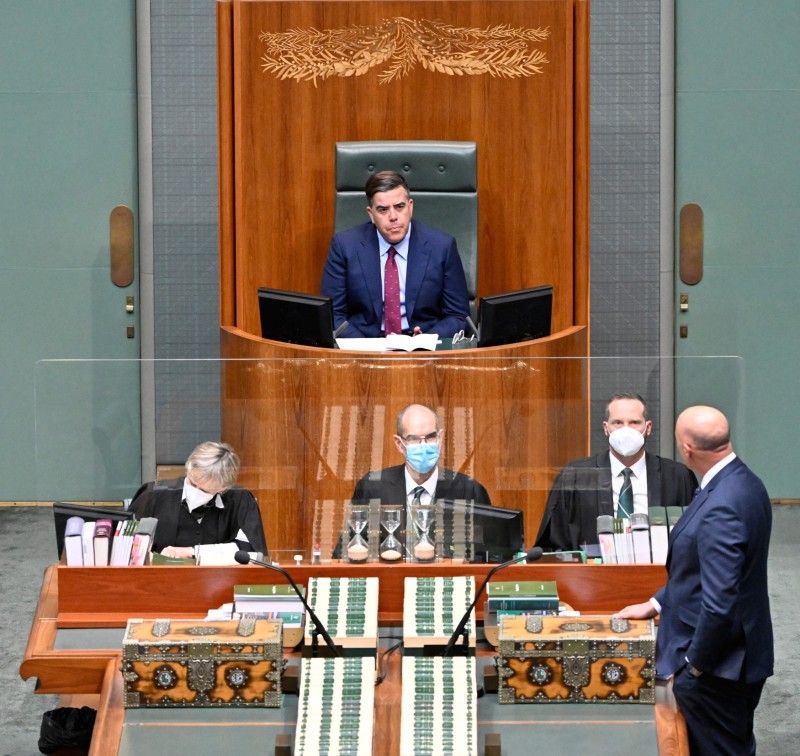Apart from the standing orders, what other 'rules' does the House have to follow, specifically in Question Time?
Hi Jessica, thanks for your question.
Standing orders are the rules used to manage the work of the Senate and House of Representatives. Along with the Australian Constitution and customs that have developed over many years, the standing orders guide the way the chambers operate each day.
Section 50 of the Constitution gives the Senate and House the power to make and change their own standing orders. Although these standing orders are similar, they are not the same. There are over 200 standing orders for each house, which include details about:
- the election of the President of the Senate and the Speaker of the House of Representatives
- procedures for debates
- how Question Time is conducted
- the definition of disorderly behaviour and how it will be dealt with
- methods for voting.
As well as standing orders, there are sessional orders which are temporary rules used to manage the work of the House. These rules are sometimes adopted as permanent rules. In the Senate these are called temporary orders.
Other documents that are used to guide the process and procedure are the House of Representatives Practice and Odger’s Australian Senate Practice.
The Speaker of the House of Representatives

Penny Bradfield/DPS Auspic
Description
In the House of Representatives, the Speaker sits in a large, elevated, wooden and green leather chair behind a desk. From this position, the Speaker can see and hear all other members and all other members can see the Speaker. The Speaker is a member of the House of Representatives who has been chosen to run the meetings of the House.
Permission should be sought from DPS AUSPIC for third-party or commercial uses of this image. To contact DPS AUSPIC email: auspic@aph.gov.au or phone: 02 6277 3342.